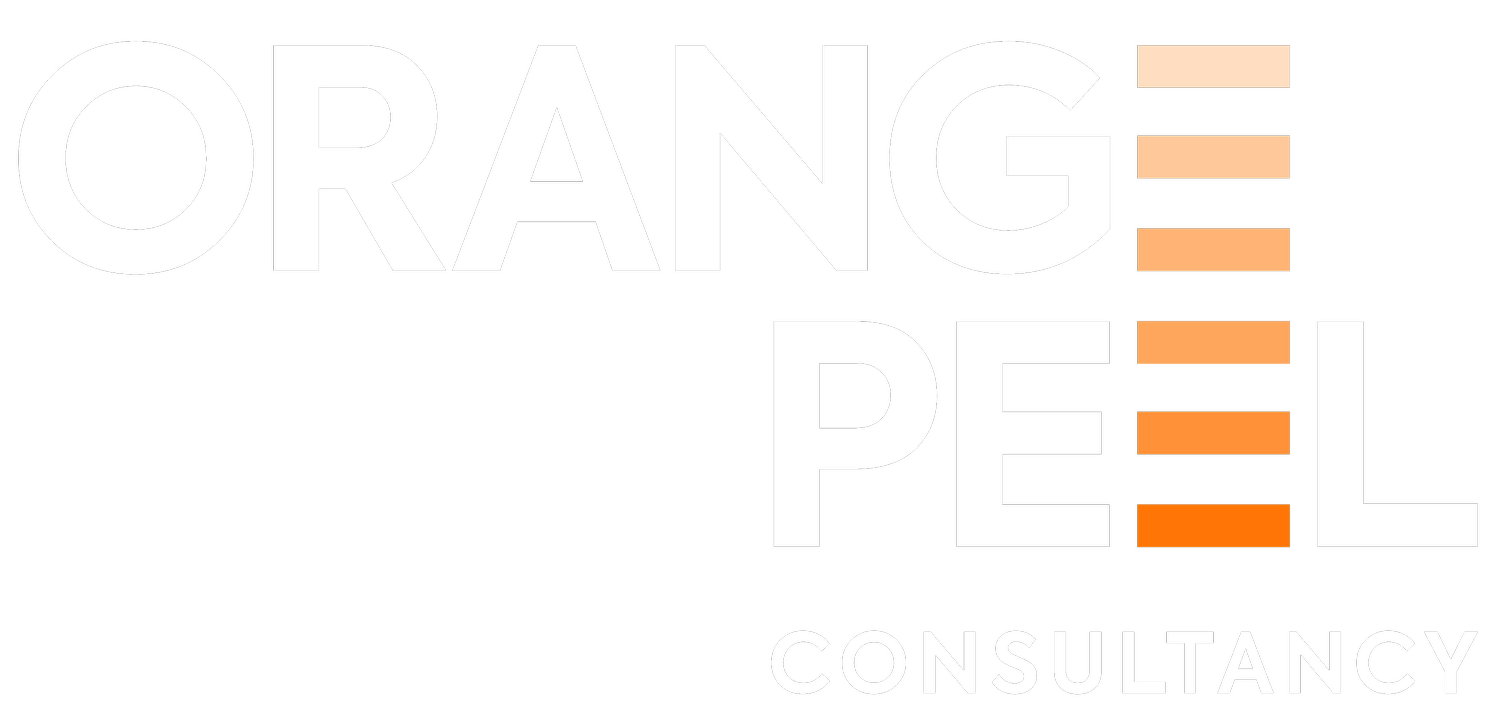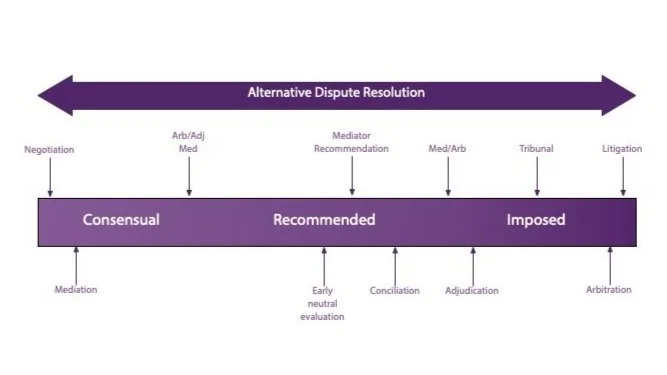Dispute Avoidance & Resolution
A report by cost Consultant, Arcadis in 2018 indicated that the cost of construction disputes in the UK in 2017 was £26m with the average time to resolve a dispute at around 10 months. Of particular note, Gary Kitt, head of UK contract solutions at Arcadis, said:
“The primary causes of disputes are all matters that could be avoided by a more integrated and collaborative approach to project procurement. The fact that many of the leading causes of disputes remain the same as in previous years begs the question of whether construction professionals are learning from their mistakes when it comes to disputes. However, investment in technology represents an enormous opportunity to help the industry. If companies can thoroughly understand the root challenges of their disputes, technology can help them overcome the status-quo by co-creating the solutions and strategies to tackle elusive and recurrent problems.”
On 1 March 2019, the UK Government made an award of £33m to settle a dispute with Eurotunnel over the Government’s failure to comply with EU Regulations in directly awarding contracts to ferry companies. This dispute alone, exceeds the entire cost of disputes in 2017 as reported above.
The advent of collaborative contracts, published by the likes of the Association of Consultant Architects (ACA) and NEC Contracts, offers the opportunity to create the right behaviours for alliancing as well as built-in mechanisms for both dispute avoidance and dispute resolution. In the ACA forms, FAC-1 (Framework Alliance Contract) and TAC-1 (Term Alliance Contract), a role has been defined as the “Independent Adviser”. Specifically, the “Independent Adviser” can be called upon by any Alliance Team member to:
“… provide impartial and constructive advice and support to the Core Group”
And further:
“…an Independent Adviser who may be identified in the Term/Framework Alliance Agreement and appointed on terms agreed by the Alliance Members to provide fair and constructive advice to the Alliance Members on the implementation of the Term/Framework Alliance Contract and the avoidance or resolution of any dispute.”
Clients opting to use a collaborative contract then, should be in safe hands, right? Well, only if the Alliance Team opt to appoint an Independent Adviser. This is the problem. Well intentioned contracts still require well intentioned clients. Those more informed clients will encourage such appointments. So what does the Independent Adviser actually do? This is where I set out to define the difference between “Dispute Avoidance” and “Dispute Resolution”.
Dispute Avoidance
“Dispute Avoidance” is a proactive method to avoid a potential dispute. The Independent Adviser is the ideal individual to support the team avoid potential disputes. Typically, when we are appointed as the “Independent Adviser”, we are jointly appointed by the Alliance Team and our fee is split equally between the team members. This is really important, particularly for those members of the team who are not the Client. This greatly adds to the feeling of independence.
In terms of what the Independent Adviser does, this is mainly facilitating the defined “Alliance Activities” which are set out in the contract. Under FAC-1 and TAC-1, there are “Objectives” which are set out and agreed by the Alliance Team members and it is the “Alliance Activities” that are undertaken to achieve these objectives. I am of the view that it is the role of the Independent Adviser to ensure that these objectives are met, through the successful delivery of the alliance activities. Therefore, the Independent Adviser acts in a “Facilitator” role, using their best skills to enable the Alliance Team members to work collaboratively on a number of tasks. It is usually better if these activities are well-planned and organised so that momentum is maintained. The best way a team can collaborate is by working together on tasks. They get to know each other this way and many traditional barriers can be broken down.
Dispute Resolution
“Dispute Resolution” is a reactive method to solve a dispute. It is always reactive and assumes that a dispute has arisen between the parties to the dispute. Under this situation, a form of “Alternative Dispute Resolution” (ADR) is preferred to the more traditional methods including adjudication, arbitration and litigation. The diagram below illustrates different methods of dispute resolution. Of significance, are those methods described as “Consensual”. This includes mediation of course, where the parties have complete control over the outcome. This is by far, the cheapest and quickest way to resolve a dispute as it focuses on “commercial” outcomes for the parties.
The “Independent Adviser” can also have a role to play in dispute resolution, particularly if they have the appropriate skills to mediate a dispute. In fact, the Independent Adviser could act as a “first port of call” in a construction dispute and adopt “Negotiation” to try and get the parties to resolve their dispute. Failing this, then a more formal mediation could take place.
CEDR (Centre for Effective Dispute Resolution) even publish contract clauses to add into your contract, to encourage mediation as a way of resolving a dispute, although this doesn’t mean that parties can’t go through the courts or use adjudication. It simply encourages a first stage of dispute resolution; courts are likely to look more favourably upon parties who have tried mediation as a first step in their dispute resolution process as set out in the Jackson Reforms in England and Wales in 2013.
In summary then, there ways in which construction contracts can adopt both “Dispute Avoidance” and “Dispute Resolution” strategies to ensure that disputes do not arise. Ultimately, this will avoid unnecessary cost and time delays. Can you afford not to consider working collaboratively?


